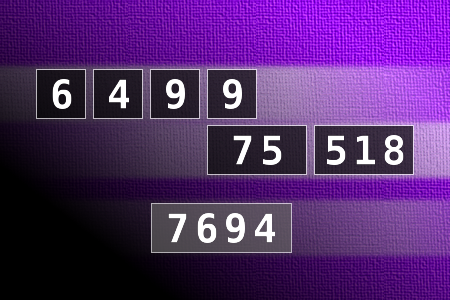Calculate the number 7694
NUMBERMANIA: Calculate the number 7694 using numbers [6, 4, 9, 9, 75, 518] and basic arithmetic operations (+, -, *, /). Each of the numbers can be used only once.Correct answers: 27
The first user who solved this task is Djordje Timotijevic.
#brainteasers #math #numbermania


